The National Wastewater Drug Monitoring Program provides leading-edge, coordinated national research and intelligence on illicit drugs and licit drugs that can be abused, with a specific focus on methylamphetamine and other substances.
Wastewater analysis is widely applied internationally as a tool to measure and interpret drug use within national populations. The Australian Government has recognised the considerable benefits of wastewater analysis and has partnered with established scientific expertise within Australian academic institutions to introduce a national program based on international models.
The National Wastewater Drug Monitoring Program is a key initiative in establishing an objective evidence base on illicit drug use and the level of use of a number of legitimate substances.
National Wastewater Drug Monitoring Program—Fifth report
The Australian Criminal Intelligence Commission has commissioned the University of Queensland, and through it the University of South Australia, to undertake the data collection and analysis that underpins the report. This is the fifth in a series of nine public reports.
The August 2018 report includes wastewater data from all states and territories. Across the country, 47 sites (20 capital city and 27 regional sites) were monitored in April 2018, providing a detailed picture of national drug consumption. The report covers 54.8 per cent of the population, which is around 12.8 million Australians.
The data shows that nicotine and alcohol remain the most consumed drugs monitored by the program. While the population-weighted average consumption of methylamphetamine decreased in both capital city and regional sites from December 2017 to April 2018, it remains the highest consumed illicit drug monitored by the program.
Full report
Media material
- National media release
- Queensland media release
- Victoria media release
- New South Wales media release
- South Australia media release
- Western Australia media release
- ACT media release
- Tasmania media release
- Northern Territory media release
